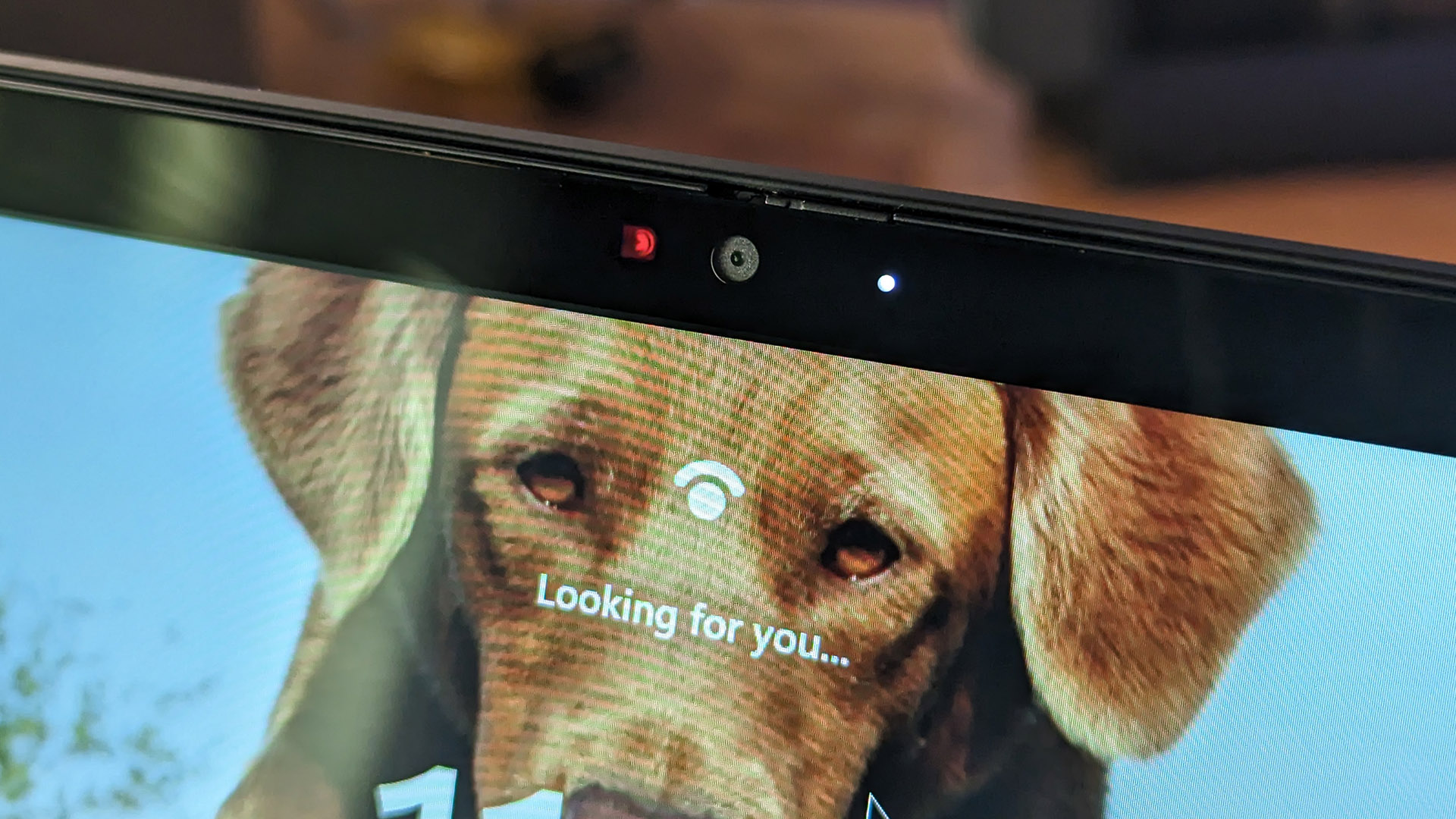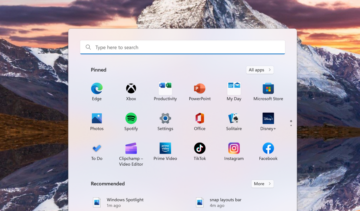
Presence detection is a broad term that means your gadget can tell when you’re using it, and in some cases, even whether or not you’re paying attention. It’s a useful tool — for example, Windows Hello webcams use simple face scanning to replace login passwords — but it also has some privacy issues associated with it. To help address them, Microsoft is exposing a “Presence sensing” setting in the latest beta version of Windows 11.
Bleeping Computer reports that the setting has appeared in the Privacy & Security menu of Windows 11 version 22624.1610, now available in the Beta channel to Insider testers. The toggle only applies to Windows and apps that call directly on the HumanPresenceSensor series of APIs. That means that third-party tools using a proprietary system might be able to engage in presence detection using cameras, microphones, or other sensors even if the setting is disabled.
Presence detection can be used for things like logging in or keeping the screen active by detecting eye motion, or automatically locking it when you step away. But it’s also possible to report more sensitive data, like exactly how many minutes a remote worker spends away from their desk per day. Presence sensing is also a fairly intensive background process for hardware — disabling it might save you some battery life or CPU power, depending on how it’s being implemented.
Whether or not the privacy setting will make it to a full release of Windows 11 remains to be seen. But with more and more laptops and tablets including hardware capable of presence sensing, it seems like a smart inclusion for user privacy.
- SEO Powered Content & PR Distribution. Get Amplified Today.
- Platoblockchain. Web3 Metaverse Intelligence. Knowledge Amplified. Access Here.
- Source: https://www.pcworld.com/article/1786964/windows-11-may-soon-let-you-turn-off-presence-detection.html
- 11
- a
- active
- address
- APIs
- apps
- associated
- attention
- automatically
- available
- background
- battery
- BE
- beta
- broad
- by
- call
- cameras
- CAN
- cases
- channel
- computer
- CPU
- data
- day
- Detection
- directly
- engage
- exactly
- Example
- eye
- Face
- For
- from
- full
- Gaming
- Hardware
- help
- How
- HTML
- HTTPS
- implemented
- in
- Including
- inclusion
- Insider
- Is
- issues
- IT
- jpg
- keeping
- laptops
- latest
- Life
- like
- make
- microphones
- Microsoft
- might
- minutes
- more
- of
- on
- Options
- Other
- Passwords
- paying
- plato
- plato data intelligence
- platodata
- platogaming
- possible
- power
- presence
- privacy
- Process
- proprietary
- release
- remains
- remote
- report
- scanning
- Screen
- security
- seems
- sensitive
- sensors
- Series
- setting
- Simple
- smart
- some
- spying
- step
- system
- that
- The
- their
- Them
- things
- to
- tool
- tools
- use
- User
- user privacy
- version
- will
- windows
- Windows 11
- with
- zephyrnet












